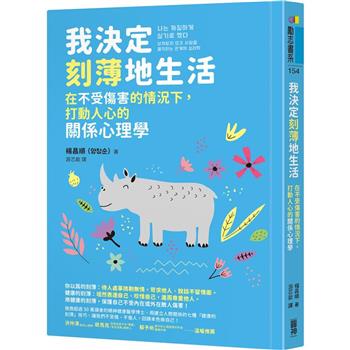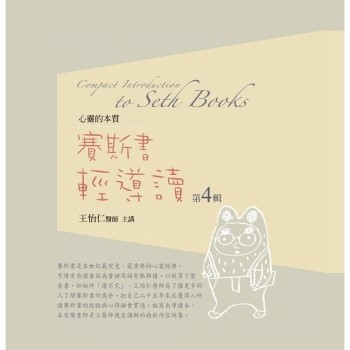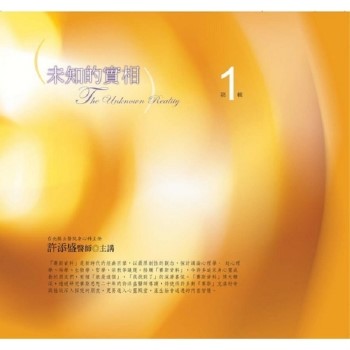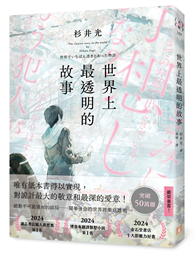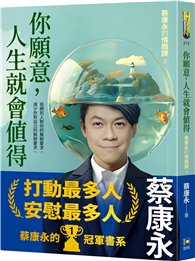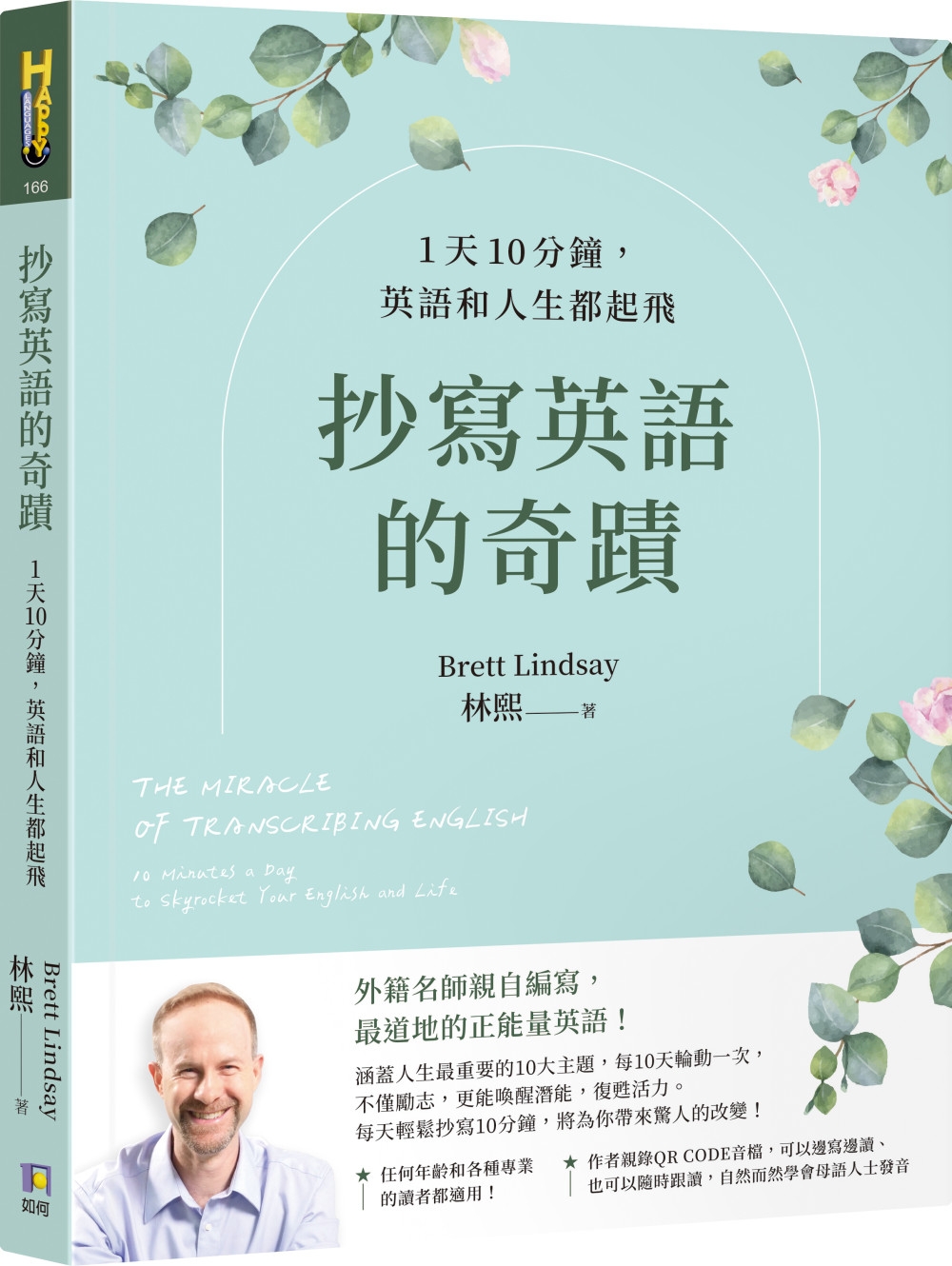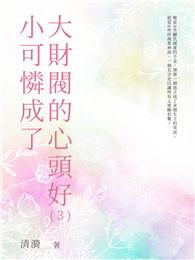LIFE AND SOLITUDE IN EASTER ISLAND. The exotic Easter Island: Isla de Pascua as it's known to Chileans, Rapa Nui as it's known to the natives, and Te Pito O Te Henua to their ancestors who erected the mysterious moai statues which placidly stand guard throughout this most isolated island on Earth. Although Easter Island is still a rustic place by current standards, today you'll find running water, electricity, money, plus other amenities, and a growing population of several thousand, most of whom came from the mainland. But a mere 50 years ago, Easter Island had none of these. In 1952, Daro Verdugo-Binimelis, an idealistic Chilean physician, and his wife, Adriana, pulled up stakes and brought their four young sons to Easter Island for what would become an incredible adventure and educational experience for the family. Appointed by the Chilean Ministry of Health to serve a two-year stint as the island's sole physician, Dr. Verdugo had the responsibility for the health of the island population of about eight hundred, and he also affectionately ministered to the patients isolated in the islands leper colony. Dr. Verdugo has written a lyrical memoir of culture shock melting into affection for the native Pascuenses and their simple, carefree culture. He reflects on the day-to-day struggles amid stunning natural beauty and on strengthened family ties and deep friendships reinforced by the profound isolation of this tiny island sitting by itself in the middle of the vast South Pacific. Life and Solitude in Easter Island adds a unique personal and family perspective to the growing body of Eastern Island literature, and complements the material found in scholarly texts or in tourist guides. Thisis an updated English edition of the original Spanish-language memoir, Vida y Soledad en Isla de Pascua, published in Chile in 1999.
| FindBook |
有 1 項符合
Life and Solitude in Easter Island的圖書 |
 |
Life and Solitude in Easter Island 作者:Verdugo-Binimelis 出版社:Authorhouse 出版日期:2007-02-13 語言:英文 規格:平裝 / 119頁 / 22.9 x 15.2 x 0.8 cm / 普通級 |
| 圖書館借閱 |
| 國家圖書館 | 全國圖書書目資訊網 | 國立公共資訊圖書館 | 電子書服務平台 | MetaCat 跨館整合查詢 |
| 臺北市立圖書館 | 新北市立圖書館 | 基隆市公共圖書館 | 桃園市立圖書館 | 新竹縣公共圖書館 |
| 苗栗縣立圖書館 | 臺中市立圖書館 | 彰化縣公共圖書館 | 南投縣文化局 | 雲林縣公共圖書館 |
| 嘉義縣圖書館 | 臺南市立圖書館 | 高雄市立圖書館 | 屏東縣公共圖書館 | 宜蘭縣公共圖書館 |
| 花蓮縣文化局 | 臺東縣文化處 |
|
|
圖書介紹 - 資料來源:博客來 評分:
圖書名稱:Life and Solitude in Easter Island
|
